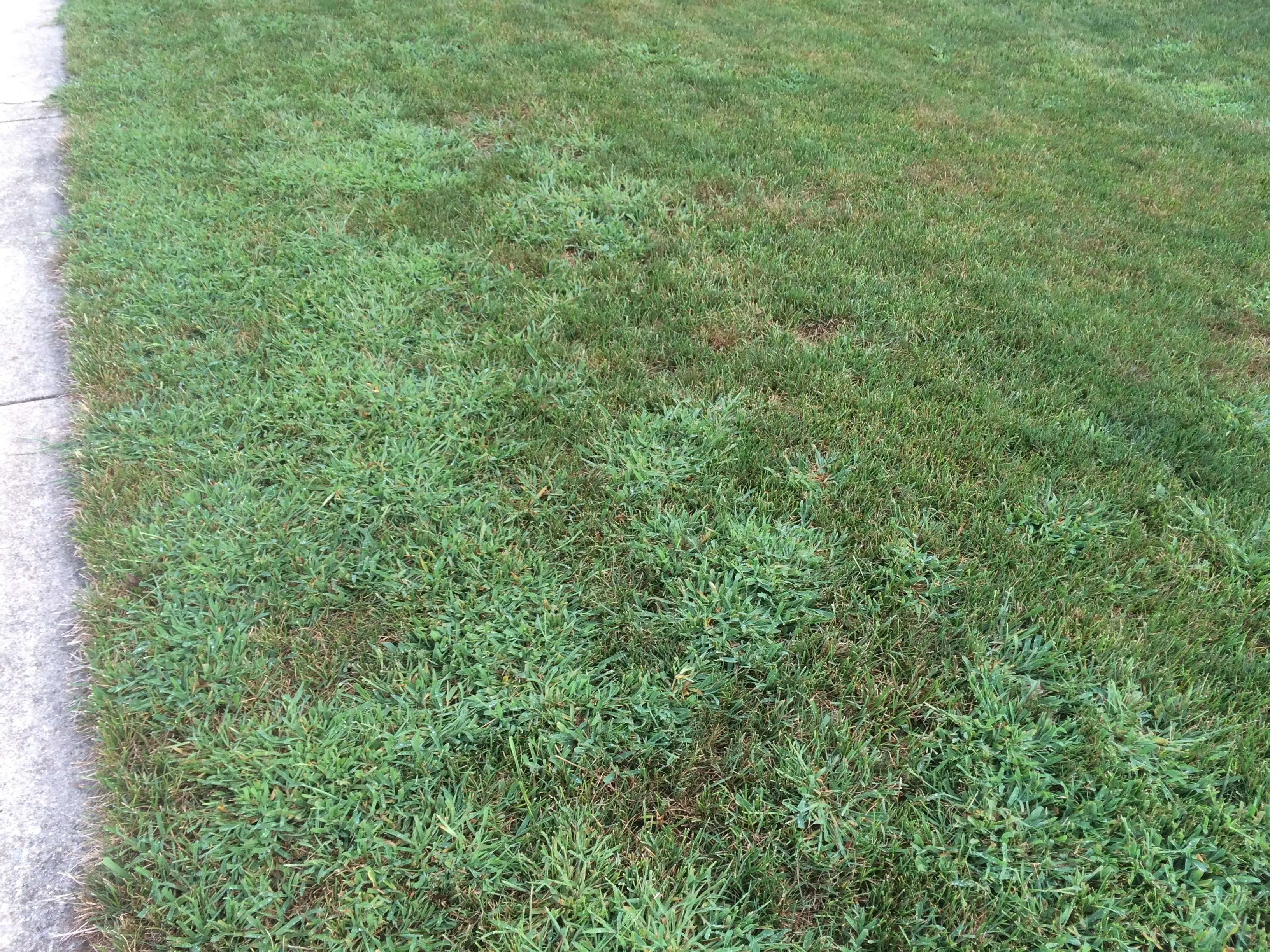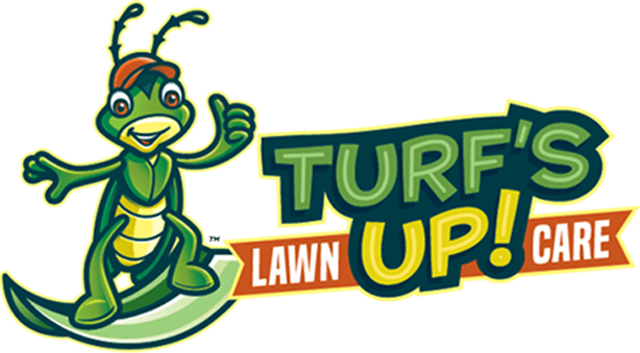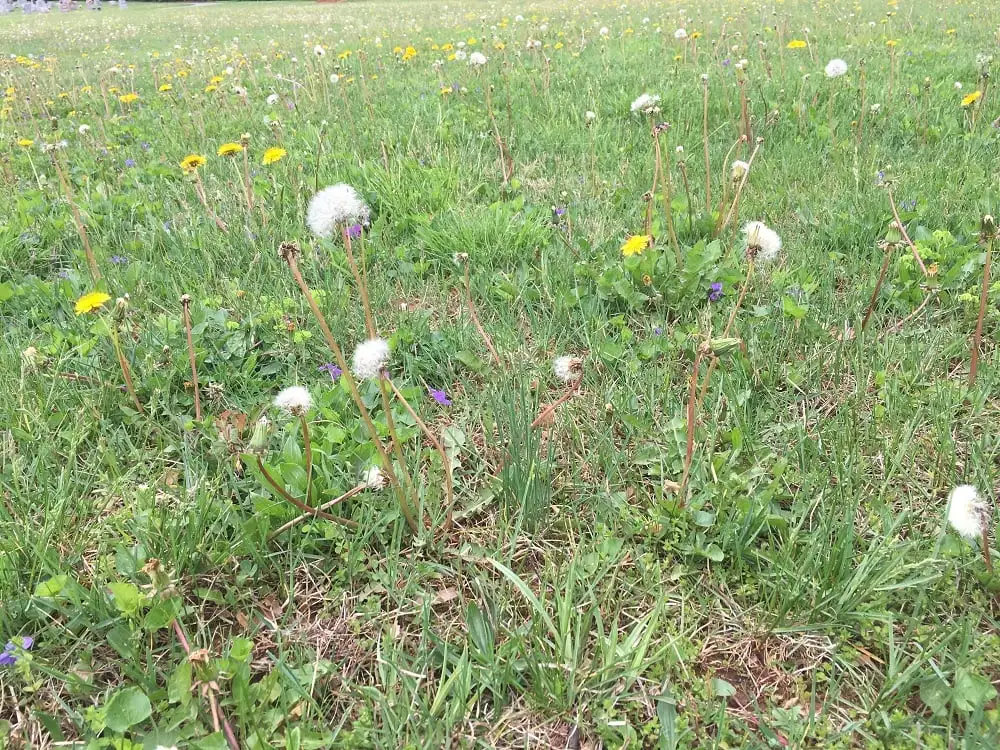When it comes to spending time outdoors, weeds are a major source of frustration. Not only are lawn weeds an eyesore to you, but they can give other people the impression that your lawn is not being properly cared for and that’s an embarrassment. If you are out to have a lawn that is the envy of the neighborhood, then weeds are a roadblock standing in your way.
Of course, you might have tried various lawn weed control methods in the past and are still coming up short. One of the many reasons why weed control may not be working is that the weeds you’re dealing with were not properly identified.
It surprises a lot of people, but there are approximately 8,000 different types of known weeds out there and the truth is, you might not know what specifically ones you’re dealing with. Even some lawn care companies make this mistake. They fail to properly identify what weeds are present and they just treat all weeds with a blanket application.
But different weeds need different control methods and it all starts with identification.
While there are many weed varieties that are common in South Riding, Chantilly, and Centreville, VA, we’re focusing on some of the worst. This should give you a good starting point to better understand what’s going on in your lawn.
Identifying Northern Virginia Lawn Weeds
Though not an exhaustive list by any means, here are 5 of the weeds that are so common (and so annoying) in our area, that there’s a good chance you have one or more of these right now (or have dealt with them in the past).
1. Crabgrass
Chances are, you knew this one would make the list. Crabgrass is that annoying grassy weed that comes out in early spring and grows in unsightly clumps. It’s an opportunistic weed that tends to pop up in any areas of the lawn that are thin and where the weed can gain easy access to sunlight. You’ll likely also see crabgrass pop up in scalped edges along walkways or hardscaping where it’s not competing with healthy turfgrass for lots of sunlight.

One of the factors that make crabgrass one of the “worst weeds” is the fact that it can spread and crowd out healthy turf quite rapidly. A single crabgrass plant has the capacity to produce 75,000 seeds in one growing season.
Crabgrass is best controlled with pre-emergent products (sometimes called “crabgrass preventer”) that are going to inhibit its growth in the first place. But a professional lawn care program should also include post-emergent controls for any breakthrough that wasn’t prevented from germinating. Post-emergent products are also helpful in addressing those thinned-out areas or crabgrass that has sprouted along walkways, patios, or driveways.
2. White Clover
White clover is another common and frustrating lawn weed in Northern Virginia. It is a perennial weed and grows close to the ground, spreading in a creeping manner. Like crabgrass, there’s a good chance you already know what white clover looks like and have probably dealt with it before. This weed is characterized by its white flowers which are frustrating as they are a major bee attraction. If you or your kids want to play barefoot in your yard but you have a lot of clover, you might be fearful of getting stung.

The leaves on white clover grow in sets of 3 leaflets. The famous (but hard-to-find) 4-leaf clover is thought to be a mutation of the white clover. Considering only 1 in 10,000 plants produce a clover with 4 leaves, you may have never found one in person. And though finding one is supposed to bring you luck, you’d probably still rather get rid of clover in your yard than be searching for this elusive lucy charm!
To do so, your lawn will need selective, liquid broadleaf weed control products. However, due to the aggressive nature of this weed, it may take more than one application to see a difference.
3. Wild Violet
These low-growing broadleaf weeds are characterized by flowers in shades of purple (as you’d expect) but also white, blue, and yellow. They may look small and even kind of delicate but the fact is, wild violet is incredibly hardy and quite aggressive. It can produce thick mats of leaves that end up spreading across your lawn and depriving it of access to nutrients it needs.

Unfortunately, wild violet is also difficult to control due to the waxy coating on its leaves which makes it tough for some weed control products to attack it. Wild violet also has an extensive root system that makes them near-impossible to hand pull. If you attempt to pull violets out of the ground, you’ll likely leave behind some of the roots and they’ll just grow back again.
Getting rid of wild violet takes a professional-grade broadleaf liquid herbicide that is actually going to stick to the leaves. That likely cannot be achieved with any store-bought product. Still, even with a professional on your side, wild violet may still require multiple treatments a year. They’re that aggressive! You should also fight back with a lawn care program that promotes a thick and healthy lawn to make it more difficult for this pesky weed to grow in the first place.
4. Ground Ivy
Also commonly called “creeping Charlie,” this is a low-growing perennial weed that has a distinct odor when crushed. It is recognizable by its scalloped leaves and purplish/blue flowers.

What makes ground ivy one of the worst lawn weeds is the fact that is so aggressive. It grows in thick mats across the lawn, forming patches as it “creeps,” and crowding out healthy turfgrass in the process. As it creeps along the soil surface it will form roots where its leaves join its stems.
Similar to wild violet, ground ivy is difficult to get rid of. This is another tricky weed to pull since the roots are tangled and invasive. When hand-pulled, ground ivy just keeps coming back, sticking you in a frustrating cycle of deja vu!
The best way to tackle ground ivy control is also with a professional application of liquid broadleaf herbicide. Like wild violet, you’ll need a long-term strategy that includes more than one treatment. A great lawn care program that begins to promote thick and healthy turf will also play a vital role in choking this weed out.
5. Nutsedge
This pesky perennial weed, sometimes called “nutgrass,” is another major source of frustration here in Northern Virginia. Nutsedge prefers moist areas of the lawn and it can grow rapidly in warm weather. It reproduces via underground tubers and though it appears to be “grassy,” it is actually of the sedge family. It is sometimes mistaken for crabgrass but has a brighter (almost neon) color of green.

Nutsedge requires specialty control products that are specifically designed to attack it. Because it is an aggressive grower (growing as much as 5 times faster than the rest of your lawn), it may take more than one treatment to knock back. Even so, it will continue to come back annually, making it important that nutsedge control is part of your ongoing lawn care program (not a one-time thing!).
Effective Lawn Weed Control in South Riding, Chantilly, and Centreville, VA
Now that you are more familiar with some of the weeds that might be in your lawn, you want to know that they will be taken care of properly. We’ve already explained some of the best weed control approaches for each of these weeds but what’s important to take away from that information is the fact that different weeds are going to require different control methods. As we said at the start of this article, different weeds require different treatments. That means your lawn care provider needs to begin by identifying what weeds are on your property and then creating a solution that is customized to your lawn.
Unfortunately, not all lawn care companies use this approach. It can be time-consuming and it does take some know-how. After all, the 5 weeds that we talked about, although most common, are not the only weeds in our region. So you need to have lawn care technicians who are actually able to identify what your lawn is dealing with in order to see success.

We’ve also alluded to the fact that a great lawn weed control approach also incorporates a great lawn care program.
That’s because the best natural defense against weeds is a thick and healthy turf that makes it difficult for weeds to grow in the first place. When your weeds and your turf are both competing for the same access to sun, nutrients, and water, you want your turf to win! You can set your lawn up for success by incorporating a thorough lawn care program that includes things like soil testing, fertilization, aeration and overseeding, and topdressing. Though many don’t realize it, even proper mowing can impact your lawn’s overall health. These services, along with a multi-faceted weed control program that uses different professional-grade products, are key to your success.
This can be achieved by handing your lawn care (and the worries associated with it) over to a professional.
At Turf's Up, we offer all the services needed to help achieve the healthy, jaw-dropping lawn that you’re trying to create. And we can handle as much of the management of the property as you’d like—fully taking away your worries if that’s what you’re looking to do. With us handling the worst weeds, and your lawn care needs as a whole, you can get back to enjoying your lawn rather than feeling frustrated by it.
If you’re ready to get the lawn care results you deserve at your South Riding, Chantilly, or Centreville, VA home, talk to an expert and get ready to enjoy your lawn and relax.
Image sources: white clover, wild violet, ground ivy, nutsedge




